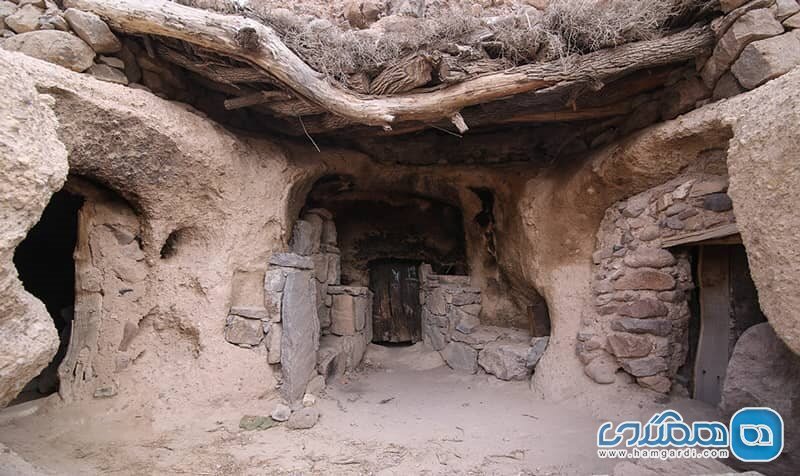Maymand, a mesmerizing rock refuge settled for millennia

TEHRAN - Thousands of years ago, people in Maymand carved out rocky hillsides to take refuge from the harsh climate of the Iranian plateau.
Sandwiched between a desert and a mountain, the village of Maymand has cold winters and exceedingly hot summers yet abundant with mulberry and blackberry trees. Living conditions in the village are considered severe due to the aridity of the land, high temperature in the summertime, and very cold winters. Maymand is situated near Shahr-e Babak in southeastern Kerman province. Its self-contained, semi-arid area is sprawled at the end of a south-facing valley at the southern extremity of Iran’s central mountains.
It is believed to be one of human’s primary residents in the country as its history stretches far back in time to about 10,000 years ago. Some of its natural and manmade caves are still used for housing and shelter.
The houses in the continually inhabited village are carved like caverns inside the mountain. The internal spaces have corridors and pillars featuring rural architecture. The houses are situated on four or five stories, one on top of the other.
Narratives say that the early residents did not use a hammer and chisel, but rather a type of local, pointed stone that was hard enough to carve images onto the rocks. This method of carving is still practiced in the region. Some of the stone engravings in the village date back to 10,000 years ago.
The majority of inhabitants are semi-nomadic shepherds. They raise their animals on mountain pastures, living in temporary settlements in spring and autumn.
The community has a strong bond with the natural environment that is expressed in social practices, cultural ceremonies, and religious beliefs.
The local dialect contains words from the ancient Sassanid and Pahlavi languages. The dialect has barely changed due to the remoteness of the village.
The area is also home to various animals such as snakes, lizards, hedgehogs, deer, leopards, wolves, foxes, and also birds of prey. Few seasonal springs around the village contribute to the flourishing of agriculture in the area. In such an arid climate, residents have to collect every drop of water to make a living as their ancestors did.
Iran is a haven for ancient troglodytic architecture which is somewhat forgotten though they are filled with life and creativity. The northwest Kandovan village is one of the most famous examples of troglodytic architecture in the country; its ice-cream cone-shaped homes are resembling that of Turkey’s Cappadocia. In 2018, the country hosted the 3rd International Troglodytic Architecture Conference in which tens of experts, researchers, and academia discussed troglodyte-associated architecture, culture, and technology.
In 2015, the Cultural Landscape of Maymand was inscribed on the UNESCO World Heritage list. It is an exemplar system of manmade cave dwellings that is believed to be practiced in the region to cope with its harsh climate.
AFM
